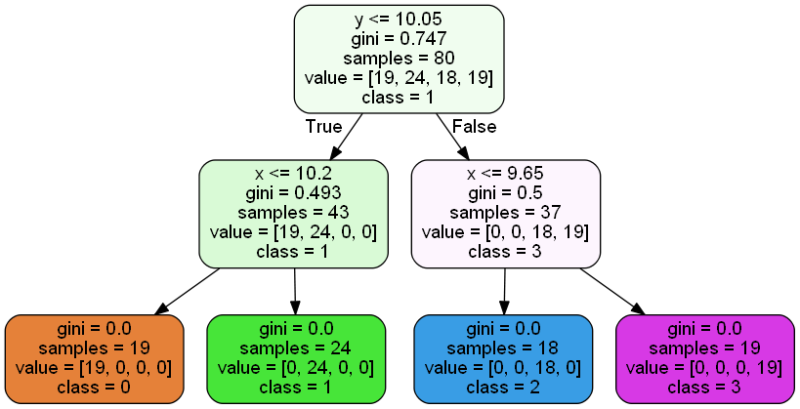

- #Graphviz in jupyter notebook how to
- #Graphviz in jupyter notebook install
- #Graphviz in jupyter notebook update
- #Graphviz in jupyter notebook mac
How many chars in a string representation of a value before we abbreviate with. There are global preferences you can set that affect the display for long values:
#Graphviz in jupyter notebook how to
view() # render and show objectįrom within Jupyter notebooks you can avoid the render() call because Jupyter knows how to display objects:įor more examples that you can cut-and-paste, please see the jupyter notebook full of examples. source) # if you want to see the graphviz source g.
#Graphviz in jupyter notebook mac
On a mac it's easy:įrom lolviz import * data = Function arguments are in italics.įirst you need graphviz (more specifically the dot executable). From jupyter, call function () with the returned object as an argument. Given the return value in generic Python, simply call method view() on the returned object to display the visualization. matrixviz(data): Display numpy ndarray only 1D and 2D at moment.callviz(): Same as callsviz() but displays only the current function's frame or you can pass in a Python stack frame object to display.You can limit the variables displayed by passing in a list of varnames as an argument. callsviz(): Visualize the call stack and anything pointed to by globals, locals, or parameters.Here is an example linked list and dictionary: Trees are also displayed reasonably, but with left to right orientation instead of top-down (a limitation of graphviz). objviz(): Generic object graph visualization that knows how to find lists of lists (like lolviz()) and linked lists.treeviz(): Binary trees visualized top-down ala computer science.lolviz(): List of lists visualization with the first list vertical and the nested lists horizontal.listviz(): Horizontal list visualization.There are currently a number of functions of interest that return objects: The graphviz/dot tool does all of the heavy lifting underneath for layout my contribution is primarily making graphviz display objects in a nice way. The look and idea was inspired by the awesome Python tutor.

There are really great data structure visualization tools but I wanted something I could use directly via Python in Jupyter notebooks. It seems that I'm always trying to describe how data is laid out in memory to students. Useful for devoting machine learning data structures, such as decision trees, as well. This package is primarily for use in teaching and presentations with Jupyter notebooks, but could also be used for debugging data structures. See Explained.ai for more stuff.Ī very nice looking javascript lolviz port with improvements by Adnan M.Sagar.Ī simple Python data-structure visualization tool that started out as a List Of Lists (lol) visualizer but now handles arbitrary object graphs, including function call stacks! lolviz tries to look out for and format nicely common data structures such as lists, dictionaries, linked lists, and binary trees. (Thanks to wedran and g-kaklam for posting this solution and to endolith for notifying me).By Terence Parr.
#Graphviz in jupyter notebook install
Simply install it with conda install python-graphviz.
#Graphviz in jupyter notebook update
Update Nov 25, 2018: There exists now a python-graphviz package at which contains the Python interface for the graphviz tool. If it is not available, you can always build your own conda packages or you can try for user-built packages. Search for the package you need ( conda search pkgxy) and then install it ( conda install pkgxy). To install the graphviz Python package, you can use pip:Ĭonda install pip and pip install graphviz.Īlways prefer conda packages if they are available over pip packages. for dot.exe in the Library/bin/ directory. It simply puts the graphviz files into your virtual env's Library/ directory. The graphviz conda package is no Python package.


 0 kommentar(er)
0 kommentar(er)
